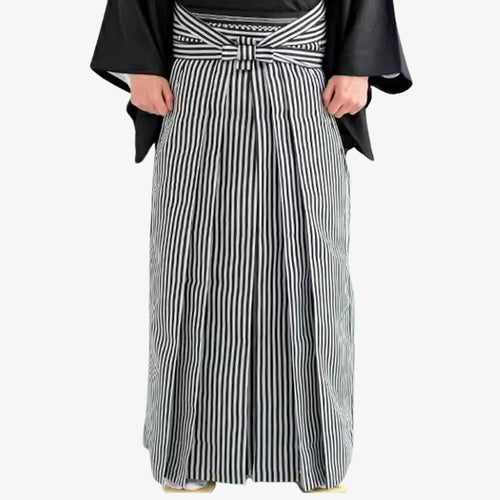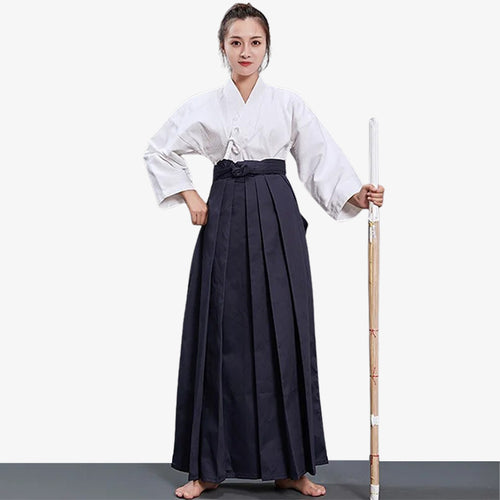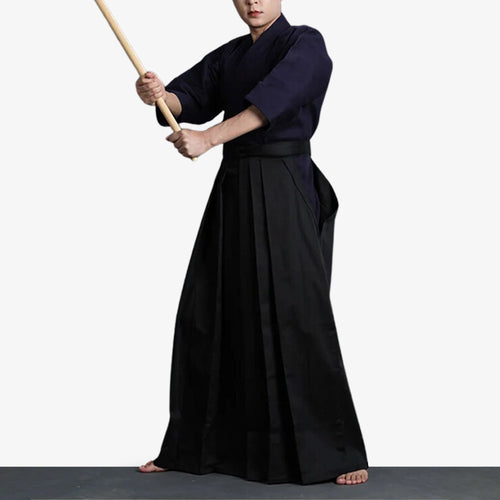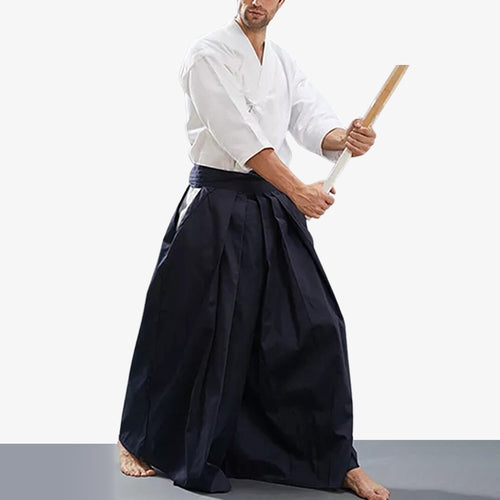White Hakama

Express the purity of your art with the White Hakama, a symbol of mastery and devotion for Japanese Martial Art
The white color of hakama pants is highly symbolic in the martial arts, representing purity of intent and the relentless quest for perfection. It inspires respect and admiration in the dojo and during ceremonies.
The White Hakama blends perfectly with a white keikogi, creating a harmonious ensemble that reflects a deep commitment to the martial arts. This outfit is ideal for demonstrations, competitions and spiritual practices.
- Made from 100% cotton with a heavy, high-quality weight
- Traditional Japanese martial arts clothing
- Get a complete outfit by ordering the White Hakama and Keikogi set.
- Consult the size guide before ordering your martial arts pants!
Shipping Information
ORDER PREPARATION
Between one and two days
DELIVERY TIME
🇺🇸 & 🌐 : seven to fourteen business days
14-Days Guarantee
You have 14 days to return your item. Please contact us first via the contact form or by email: info@kimurakami.com. The after-sales service will tell you the return process.
Track My Order
Track the progress of your order by clicking here.
Check your parcel directly on the carrier's website.
Tracking information will be available approximately 6 days after receipt of your tracking number.










